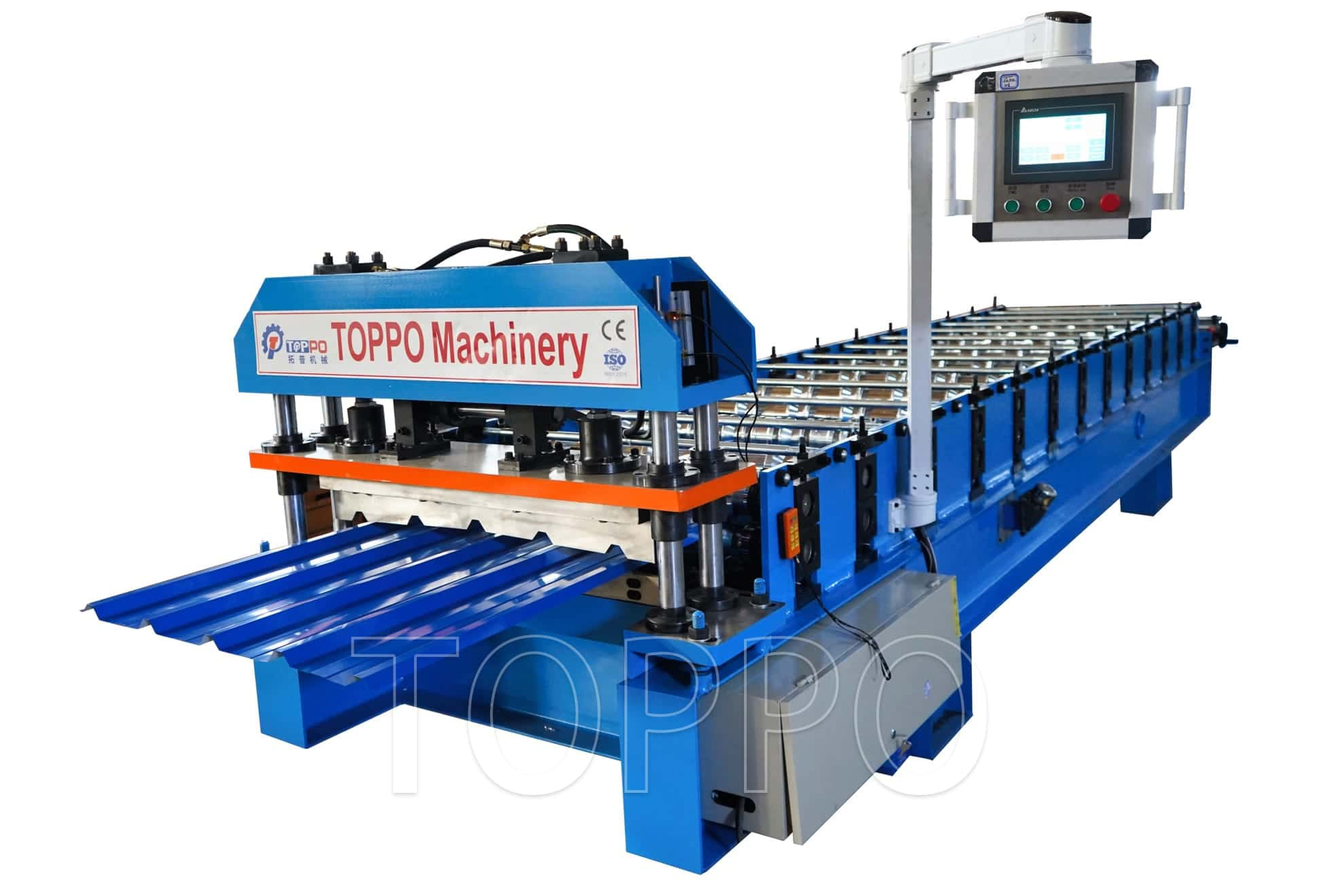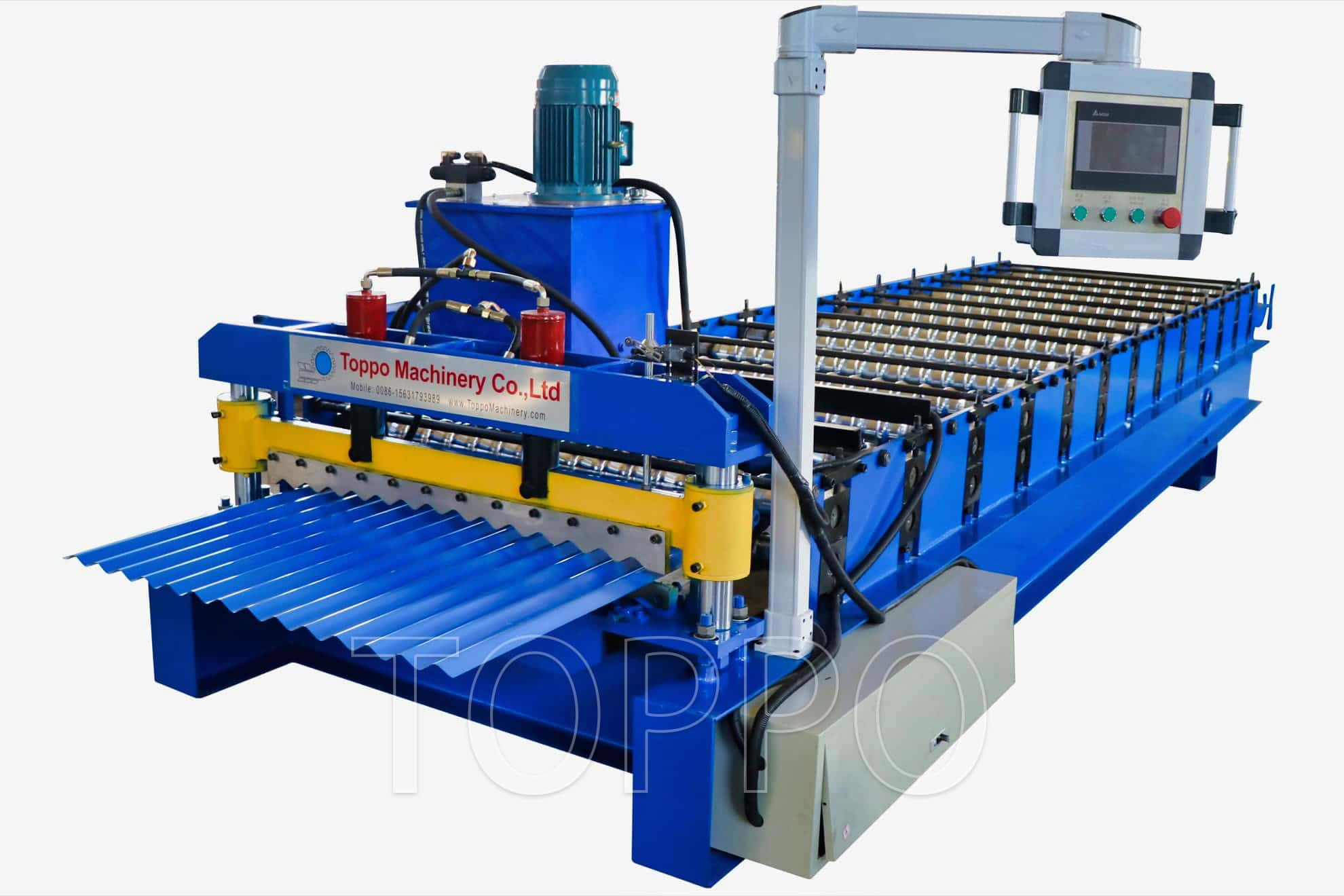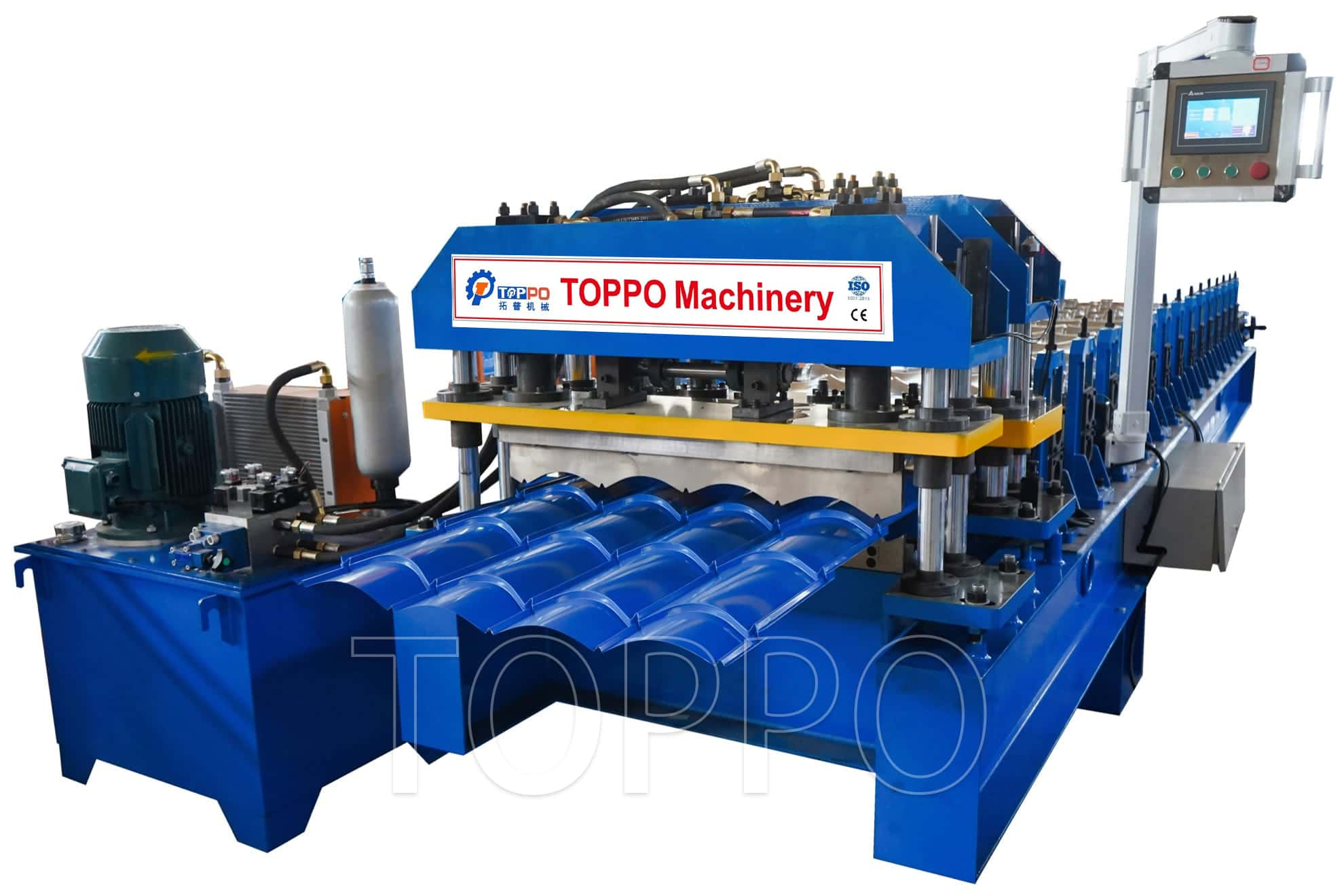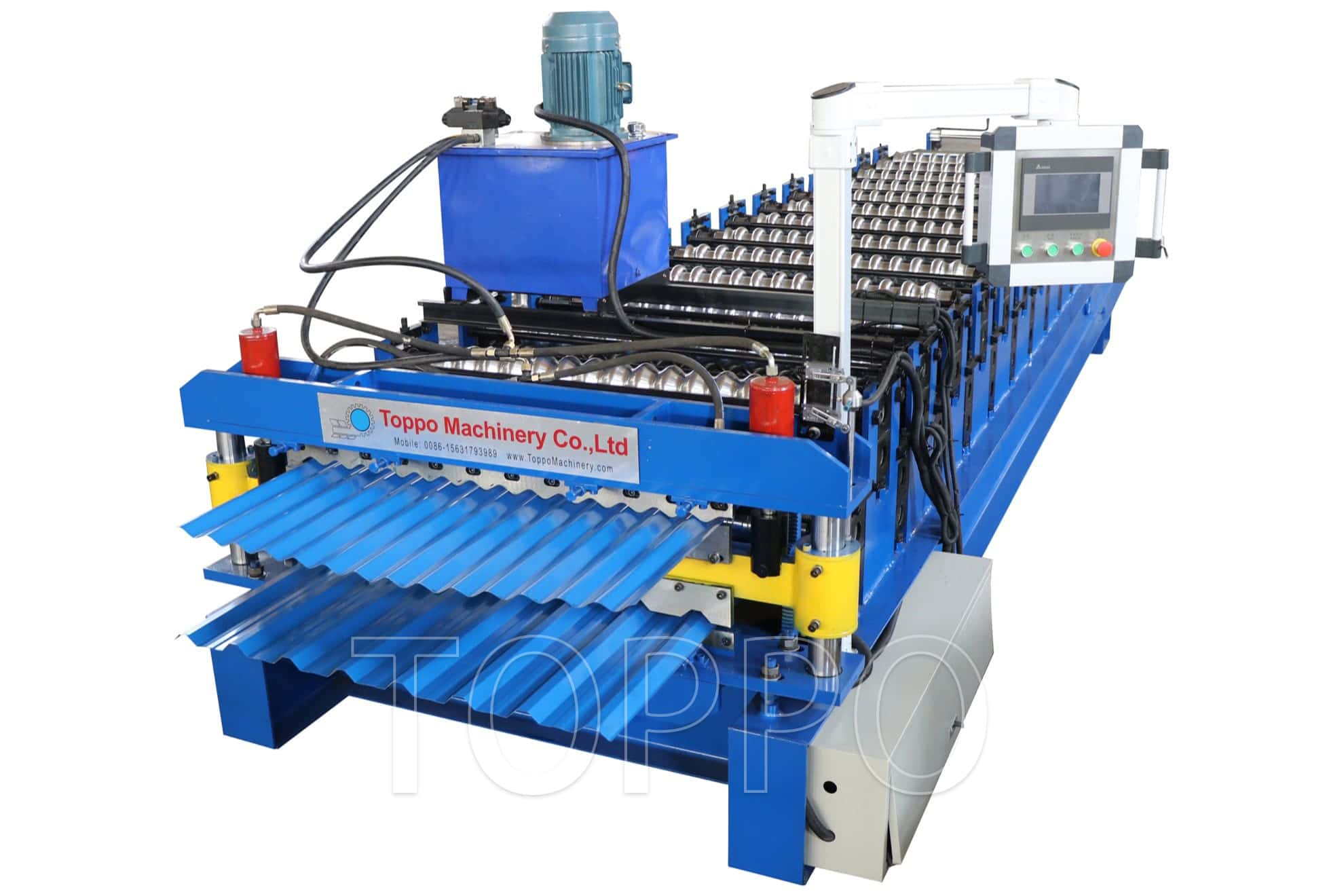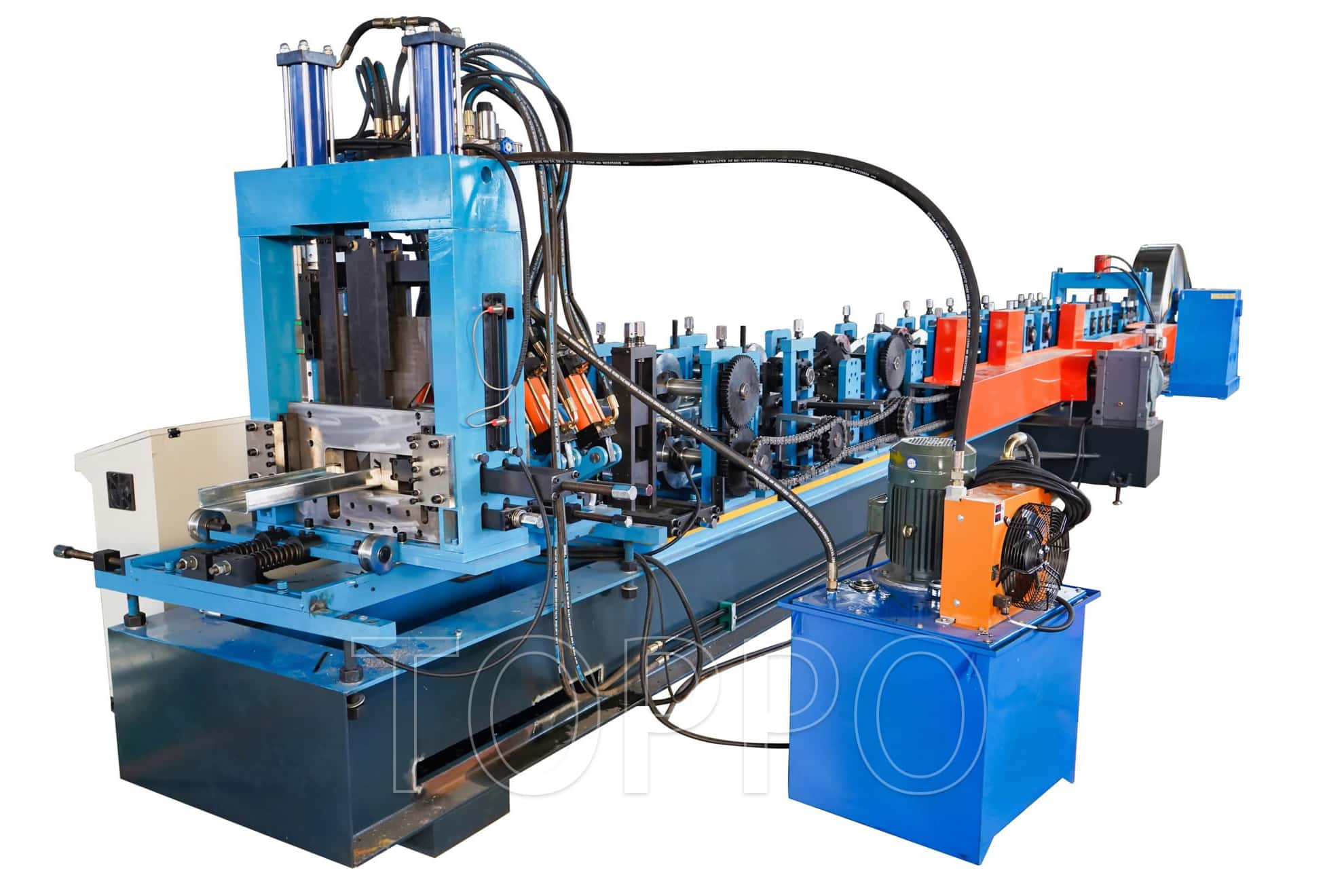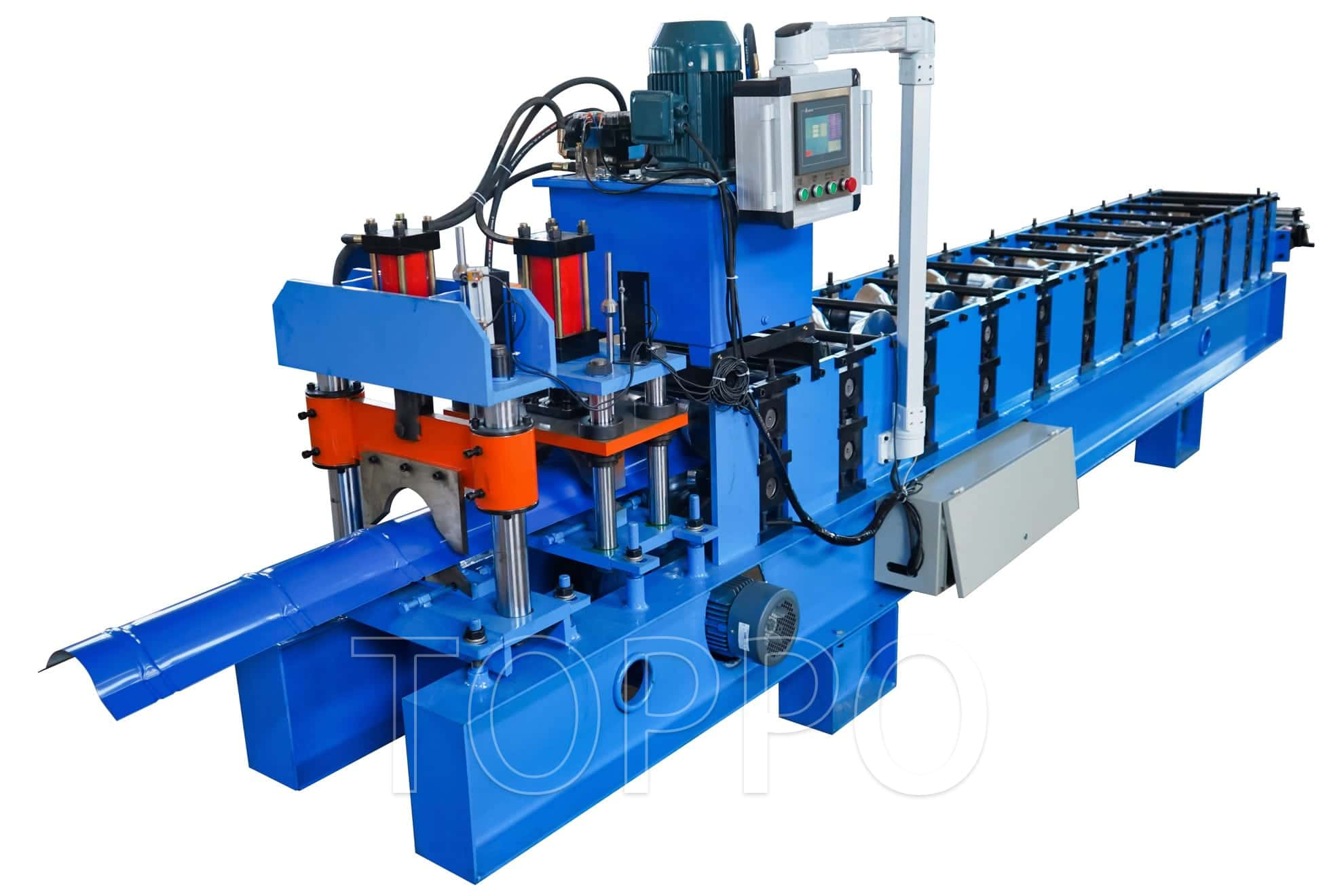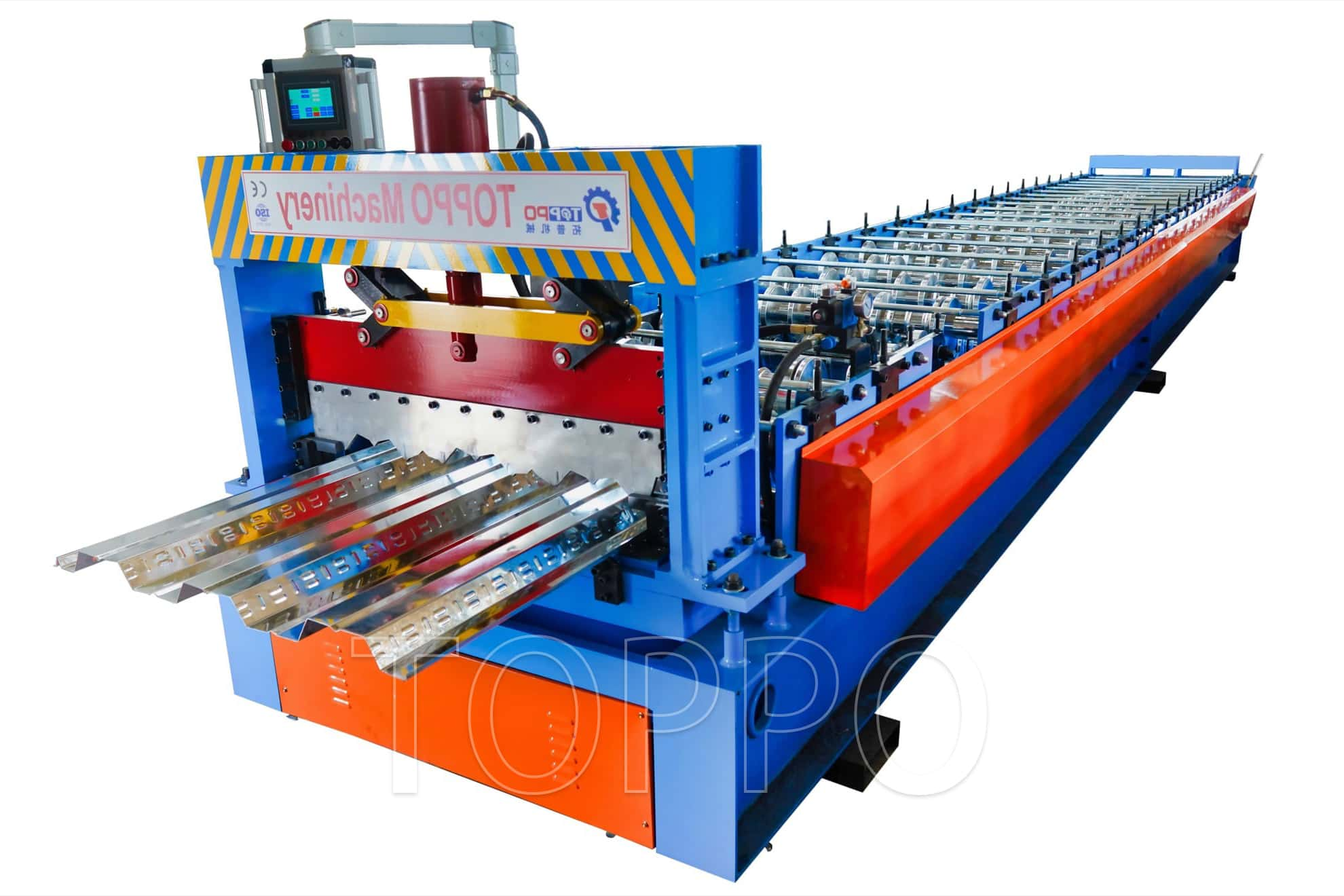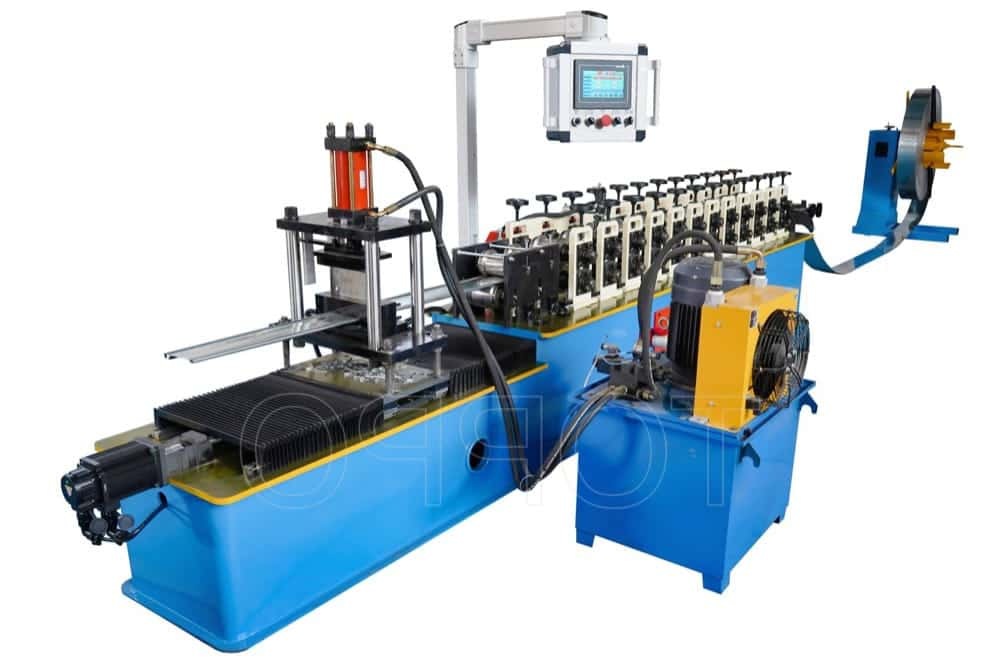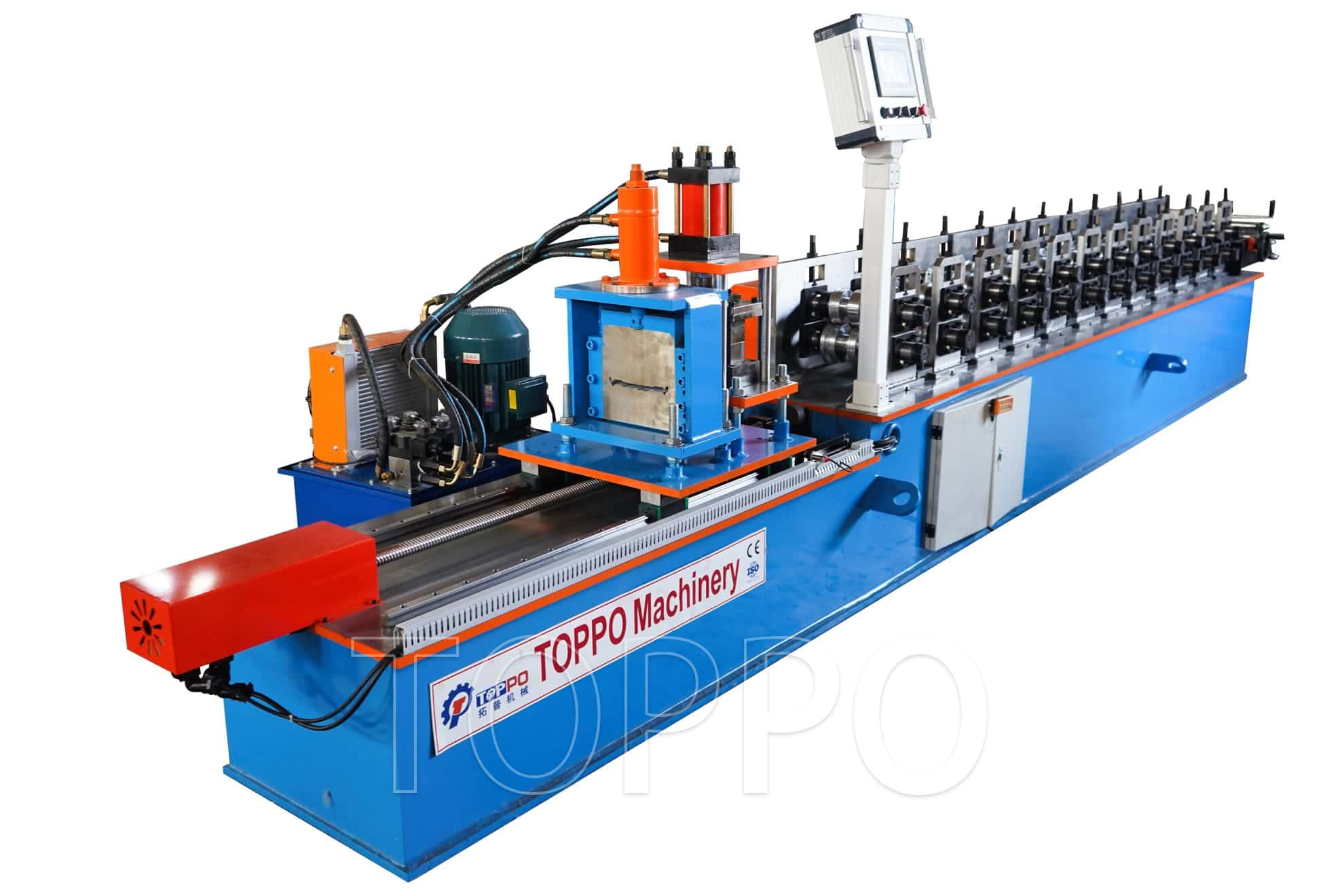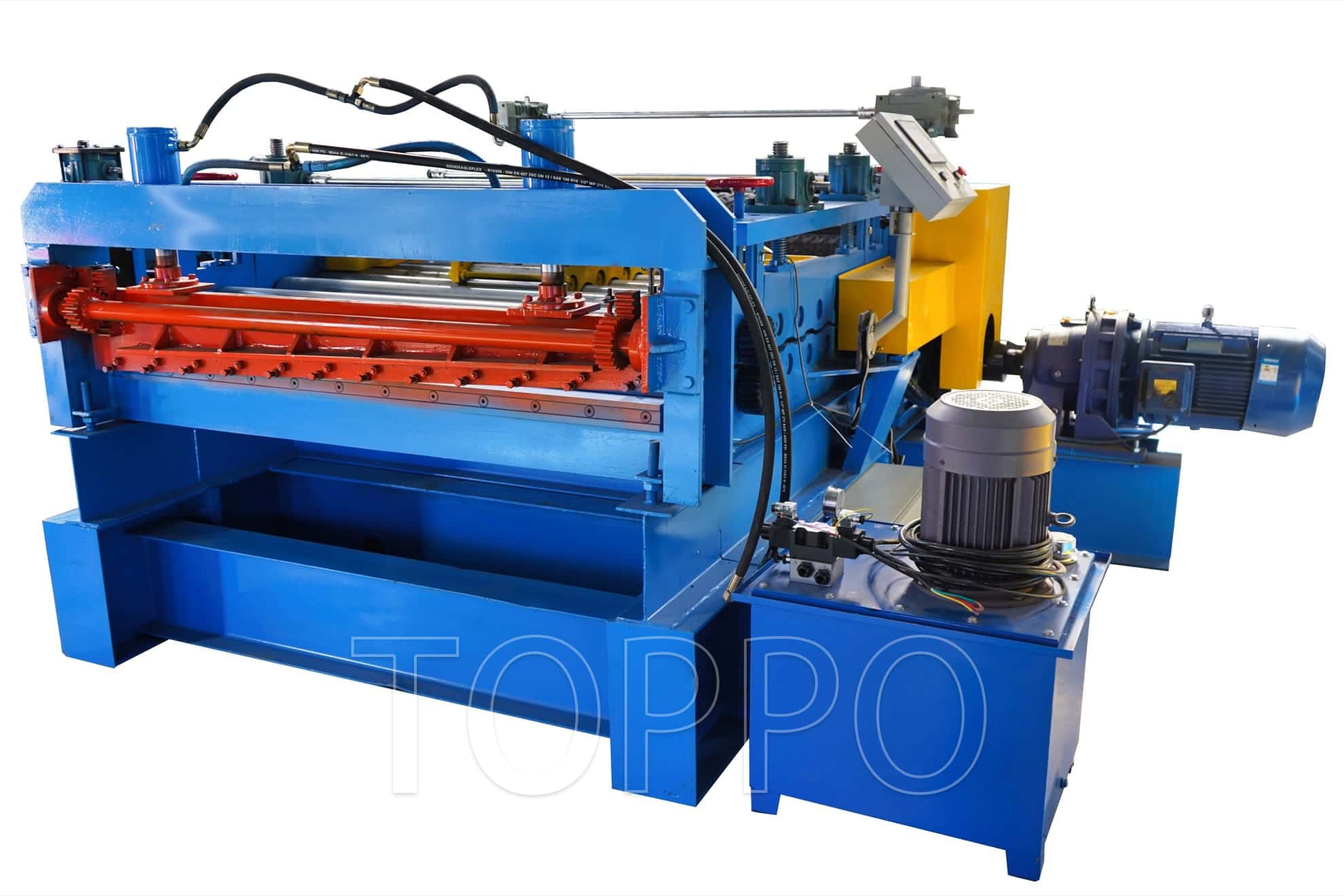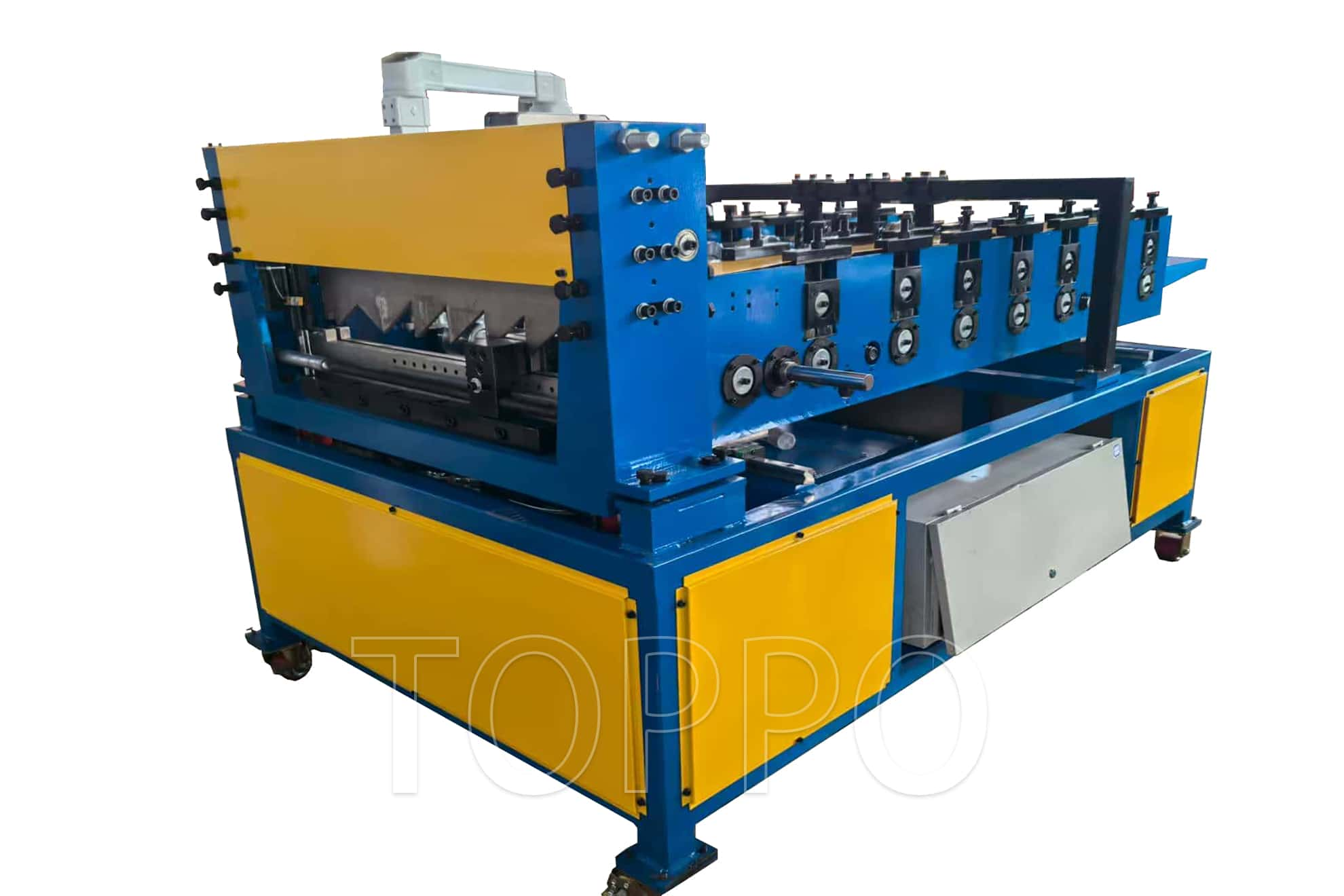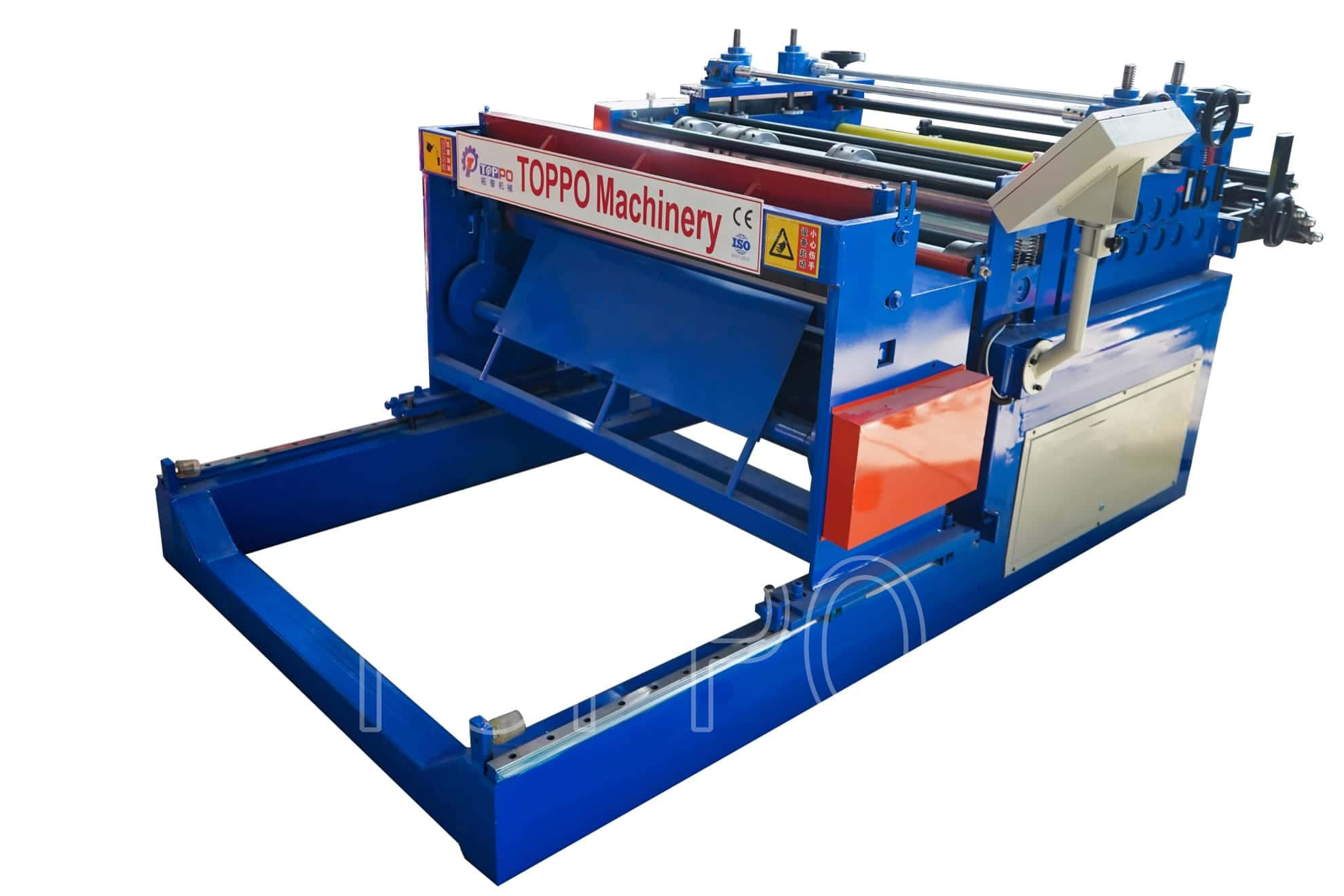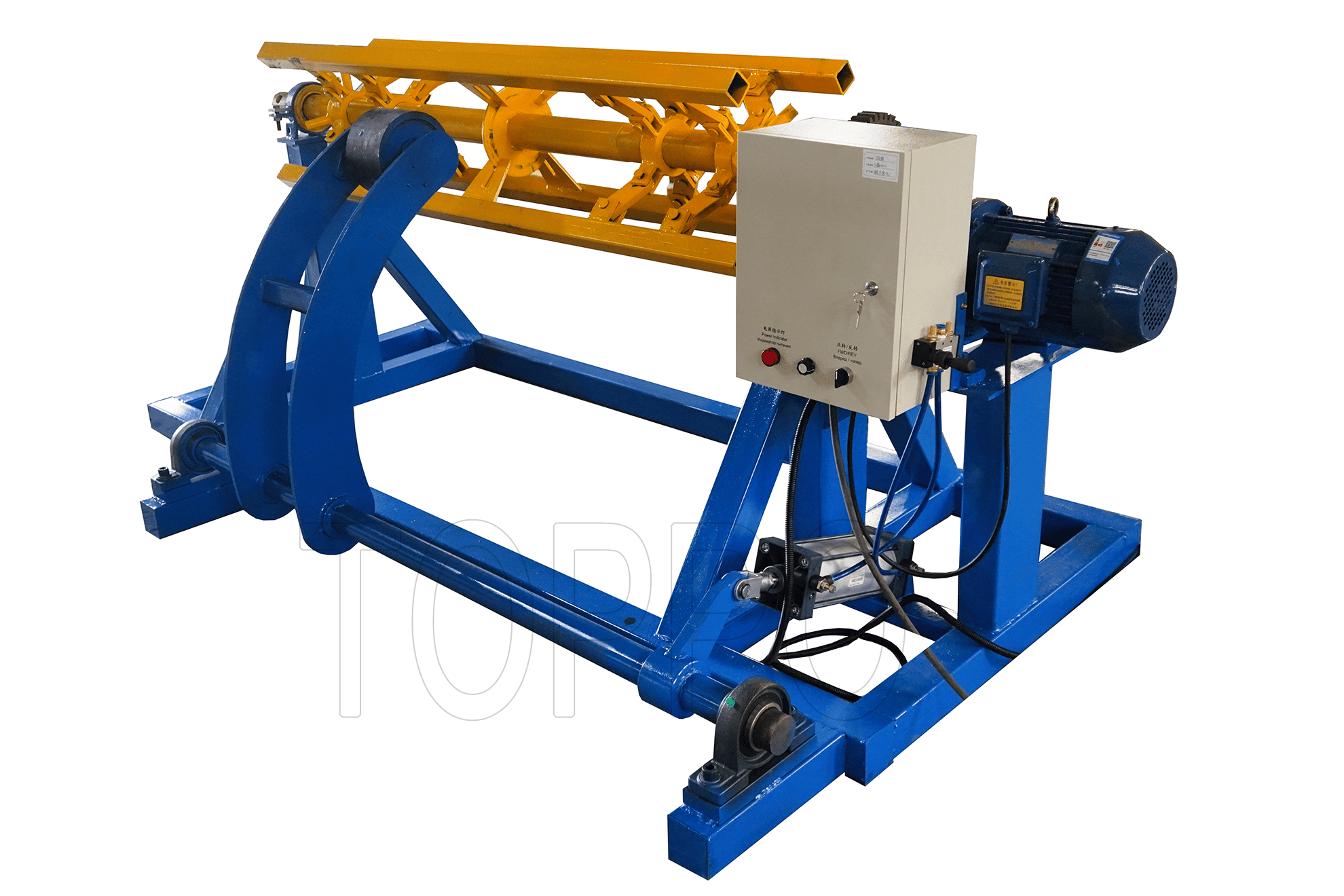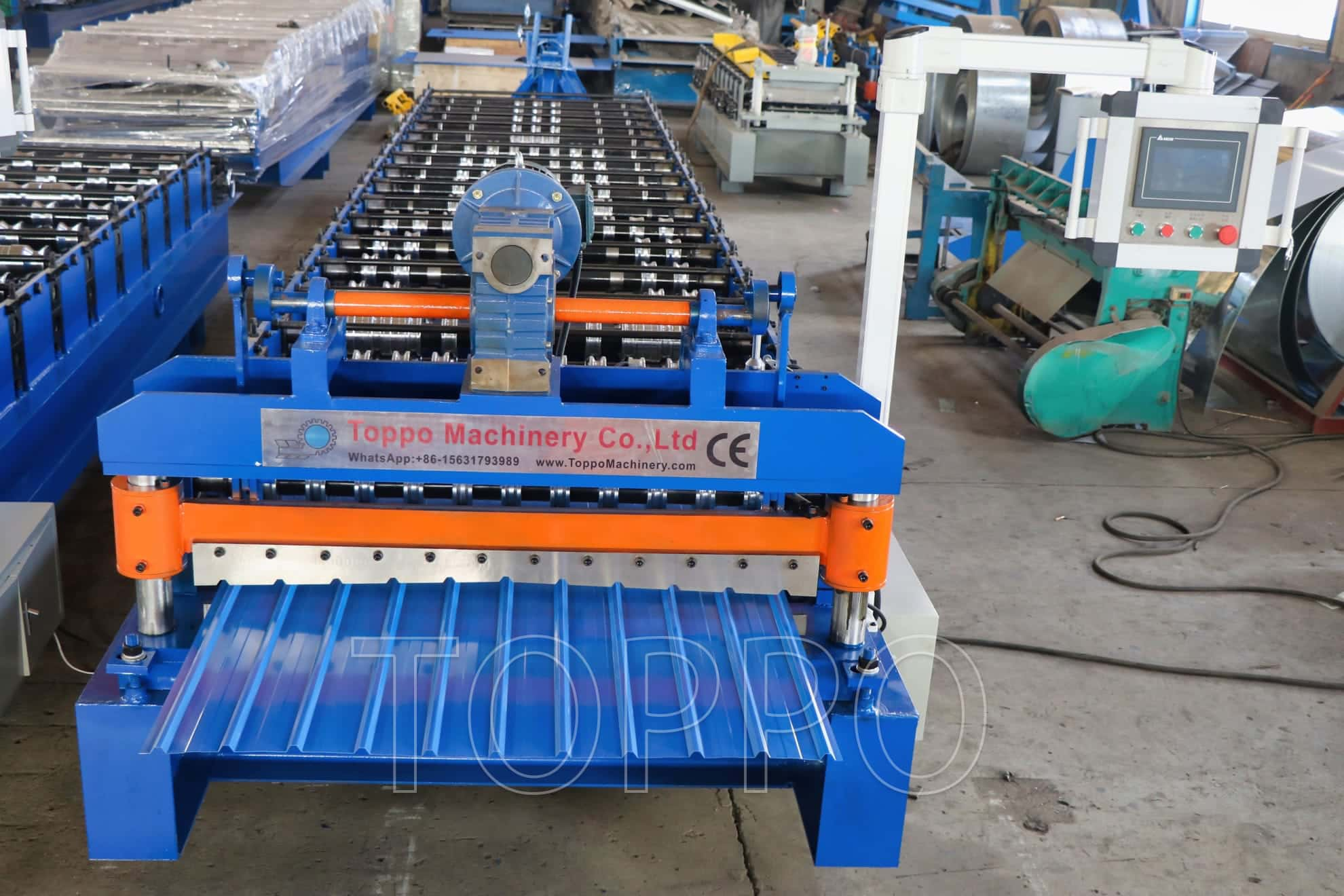- Trapezoidal Machine
- Corrugated Machine
- Glazed Tile Machine
- Double Layer Machine
- CZU Purlin Machine
- Ridge Cap Machine
- Floor Decking Machine
- Rolling Door Machine
- Fence Machine
- Embossing Machine
- Standing Seam Machine
- Cut To Length And Slitting Line
- Guard Rail Machine
- Decoiler And Stacker
- Stud And Track Machine
- Gutter And DownPipe
- Curving Machine
- Cladding Panel Machine
- Corollary Equipment
Getting Roofing Sheet Thickness and Roll Forming Setup Right: Dealer Essentials
Dealers who understand the impact of sheet thickness and proper machine setup deliver superior roofing products and enjoy higher customer satisfaction. Whether you work with a Tr4 color steel metal roof trapezoidal roll forming machine or related models, here’s a proven framework for achieving the best results and minimizing costly errors.
1. Roofing Sheet Thickness—Why It’s Critical
Performance Factors: Thicker sheets mean higher load capacity and longer life. Check project specs and always confirm thickness using a gauge before production begins.
Quality Verification: Ask for and verify mill test certificates for every batch of steel received.
2. Machine Setup—Steps for Success
Roller Positioning: Adjust the roof panel making machine rollers for correct entry and exit gap, referencing the exact thickness to avoid over- or under-forming.
Pressure Tuning: Balance forming pressure on the trapezoidal roll forming machine for a clean, consistent profile. Make incremental changes and log each adjustment.
First Batch Test: Run several panels and inspect for correct dimensions, uniform thickness, and panel fit. Record all test data for traceability.
3. Mistakes Dealers Must Avoid
Skipping Steel Checks: Accepting steel from a new supplier without verifying thickness often leads to off-spec production and job site returns.
Roller Misalignment: Neglecting to reset rollers on the trapezoidal roll forming machine for each batch can distort profiles and cause edge defects.
Poor Lubrication: Without regular lubrication, rollers on the roof panel making machine will wear faster and compromise profile quality.
4. Example from the Field
One Peruvian dealer faced complaints about roof panels cracking during installation. The cause: the Tr4 color steel metal roof trapezoidal roll forming machine had not been recalibrated after switching to a higher-strength steel. Updating the setup protocol and rechecking roller gaps eliminated cracks and improved panel fit.
5. Dealer Action Plan
Inspect every new steel batch for thickness and documentation.
Reset machine rollers and pressure for each production run.
Record calibration data and share with all operators.
Regularly lubricate all moving parts and inspect for wear.
Educate staff on the link between thickness, setup, and customer returns.
Dealers who adopt these best practices build strong reputations, reduce warranty claims, and consistently deliver on customer expectations.
SEO Keywords: Tr4 color steel metal roof trapezoidal roll forming machine, roof panel making machine, trapezoidal roll forming machine, sheet thickness, machine setup, steel verification, calibration protocol, profile inspection, roller alignment, pressure tuning, panel fit, project specs, mill certificate, steel supplier, roller gap, panel cracking, operator error, adjustment record, lubrication, maintenance, batch production, quality check, job site return, technical best practices, roof panel testing, production log, warranty reduction, traceability, steel documentation, field case, setup checklist, performance improvement, profile durability, equipment calibration, thickness inspection, panel quality, jobsite issues, process improvement, steel batch check, staff education, customer expectation, machine reliability
READ MORE:
Ensuring Success: Dealer Strategies for Roofing Sheet Thickness and Roll Forming Machine Setup
Dealers’ Roadmap to Mastering Roofing Sheet Thickness and Roll Forming Setup
Optimizing Roofing Sheet Thickness and Roll Forming Machine Setup: A Dealer’s Guide
What Dealers Must Understand About Roofing Sheet Thickness and Machine Setup



